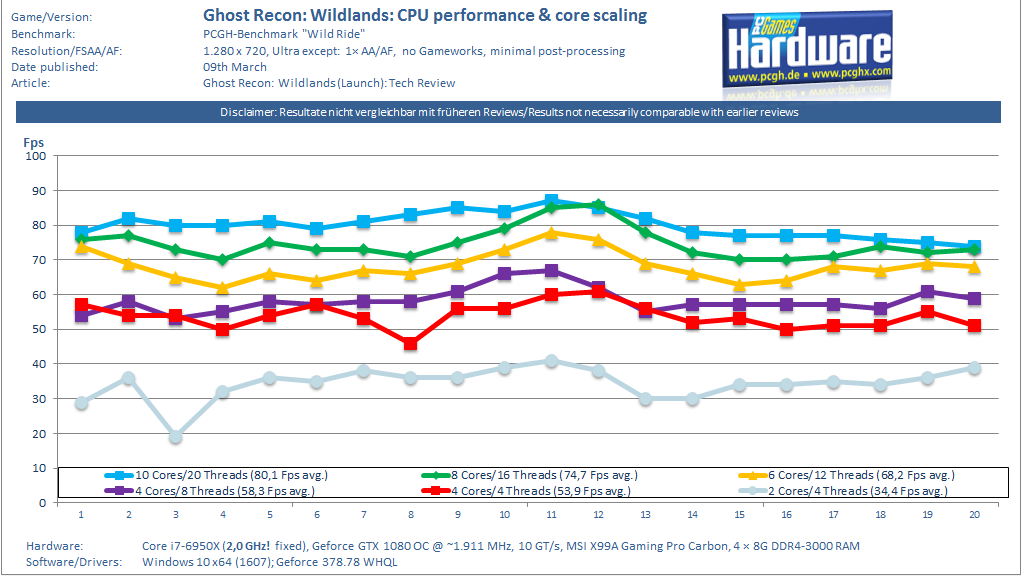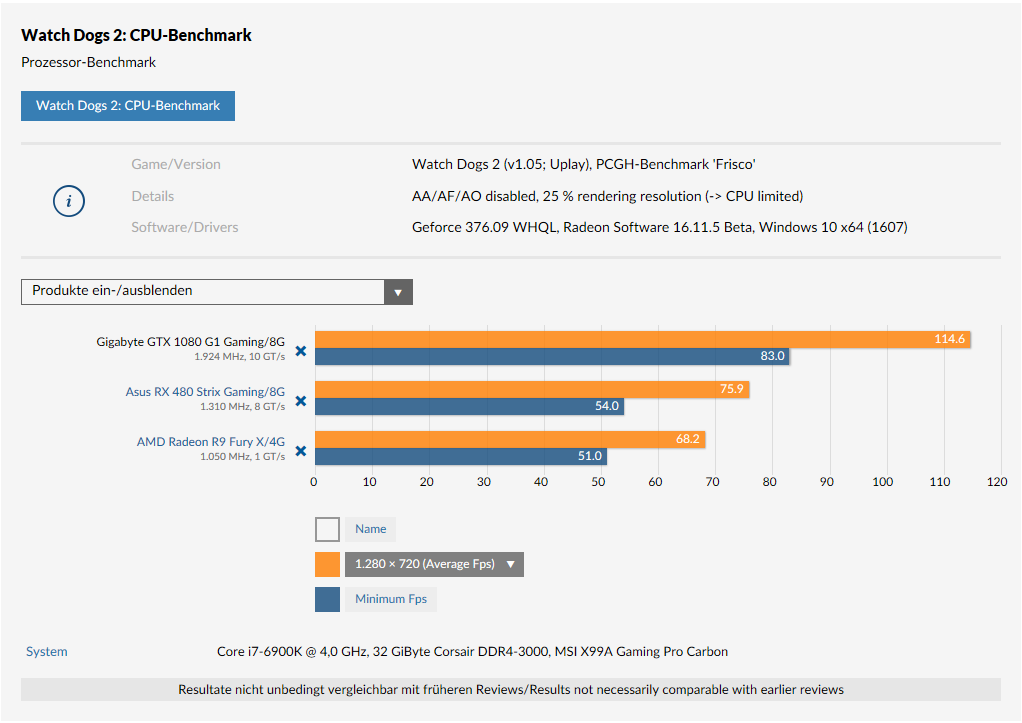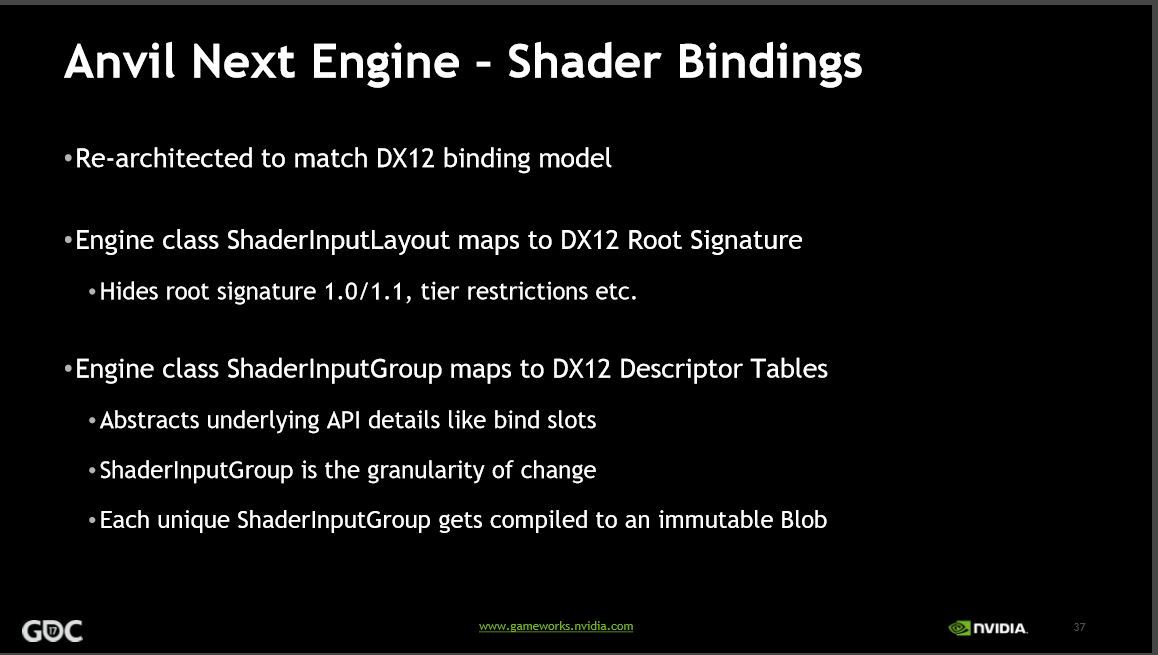Vega is still GCN.
And an inferior GTX 460 with driver support is still inferior to the HD 5850 - unless you are interested in running DX12 stuff on it for academic reasons.
Might as well ask why NVIDIA doesn't allow the GeForce drivers to install in a VM, for attempting GPU passthrough, which is something that is far more useful than writing DX12 drivers for 7-8 year old hardware.
Vega keeping similarities to the previous GCN generations doesn't guarantee a damn thing. Similarities between Terascale 1 and 2 didn't keep AMD from moving Terascale 1 to Legacy already in 2012.
The inferior GTX 460 with driver support is much more likely to play a modern game properly than the HD 5850.








